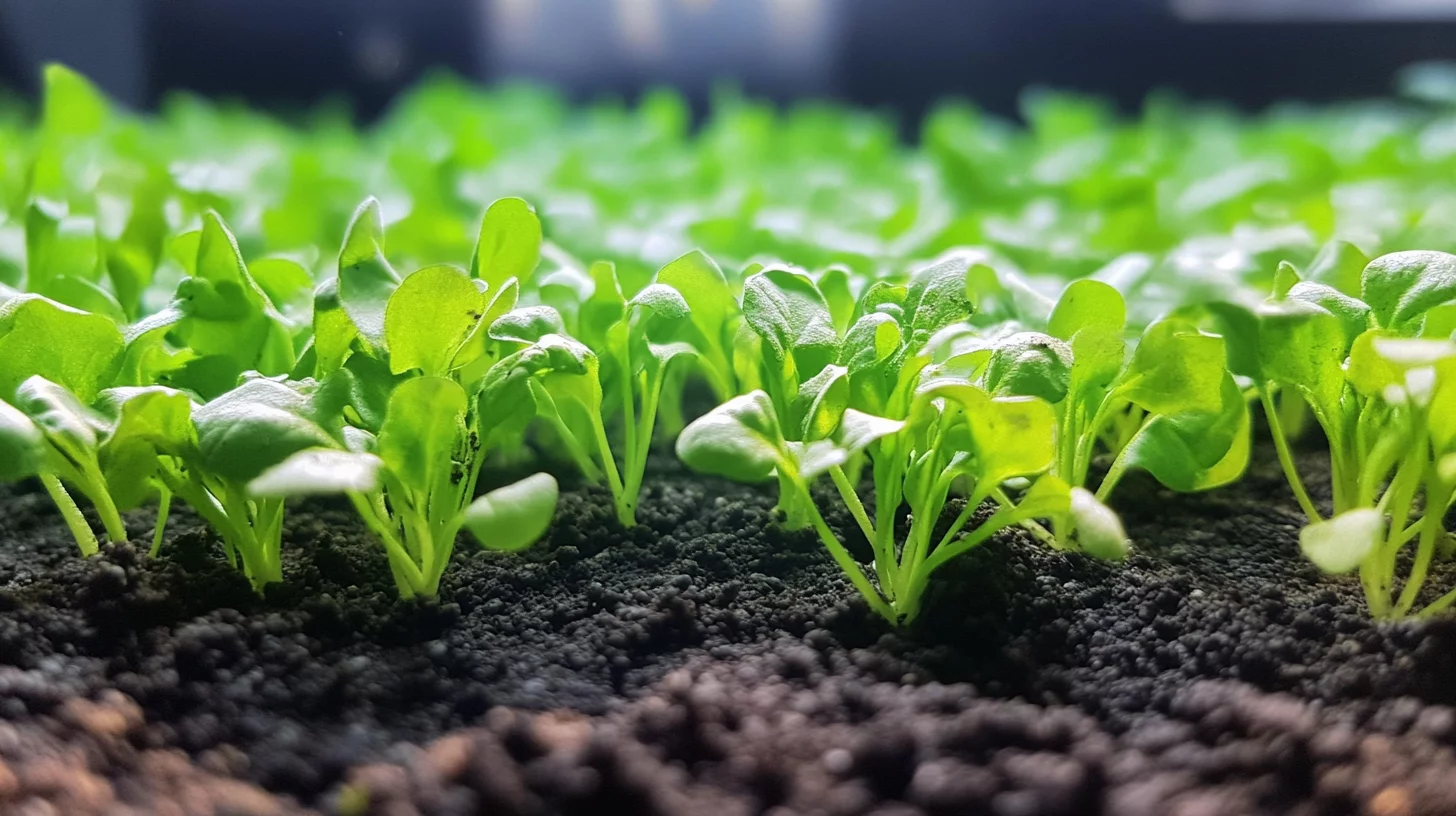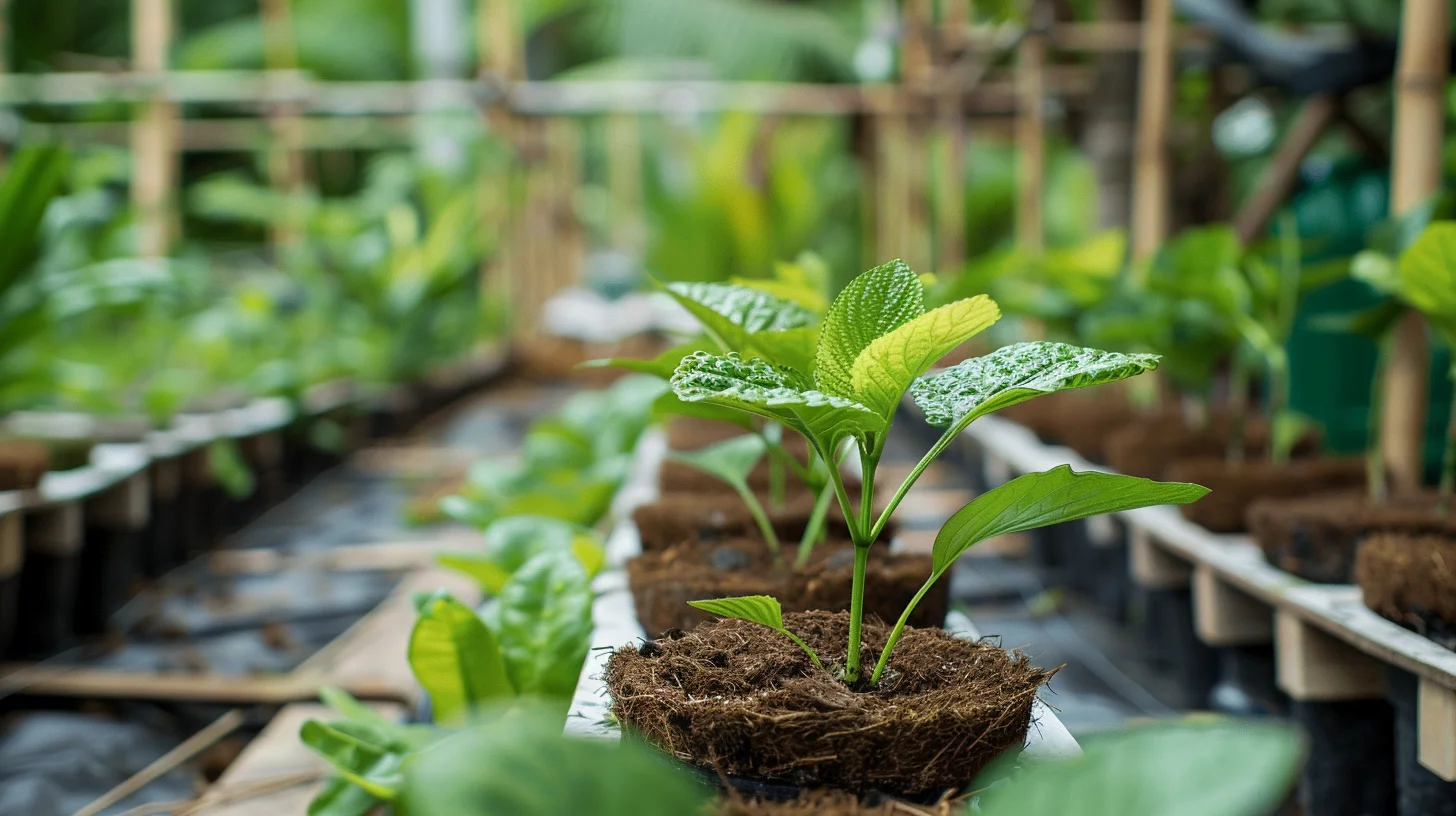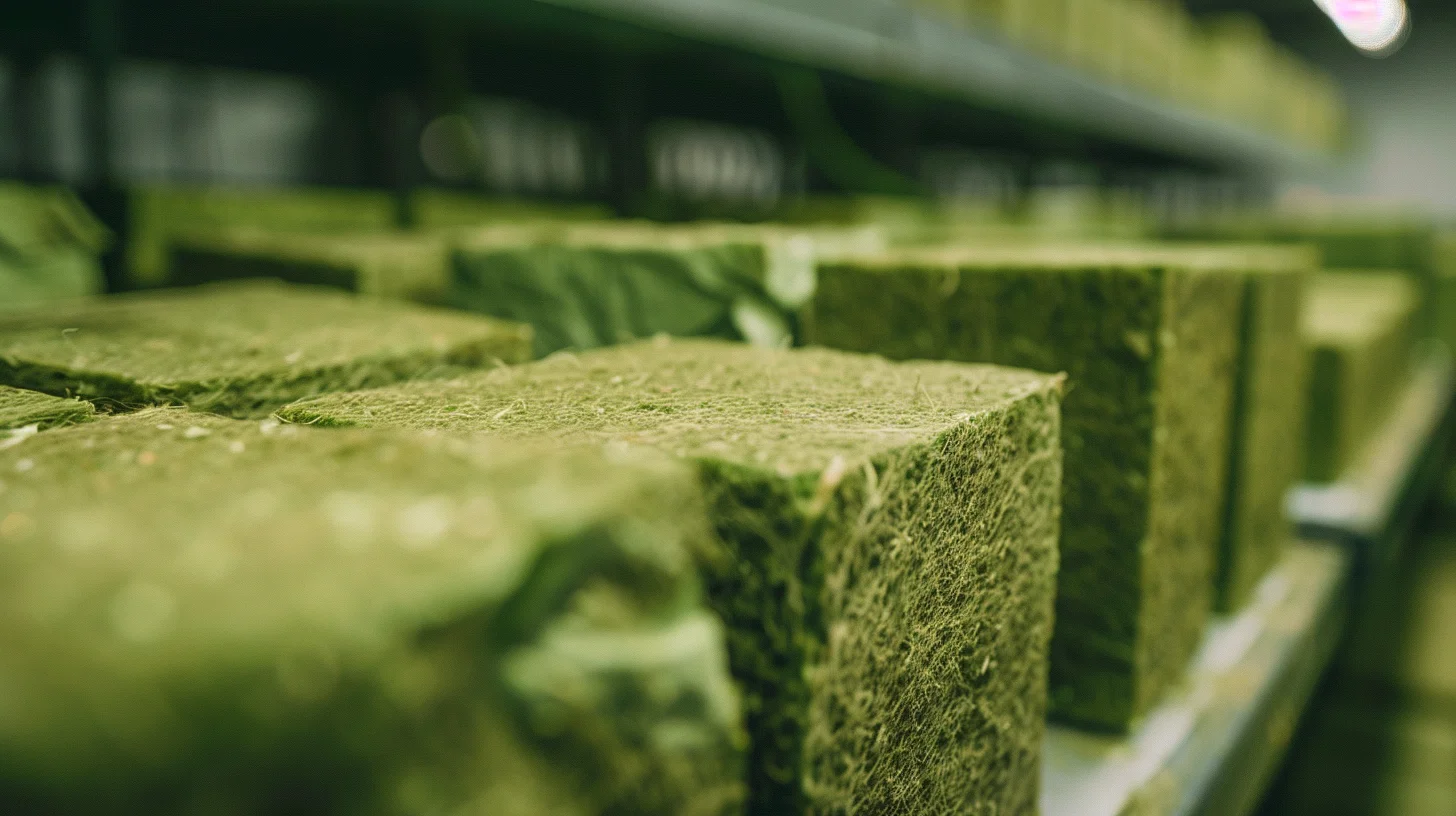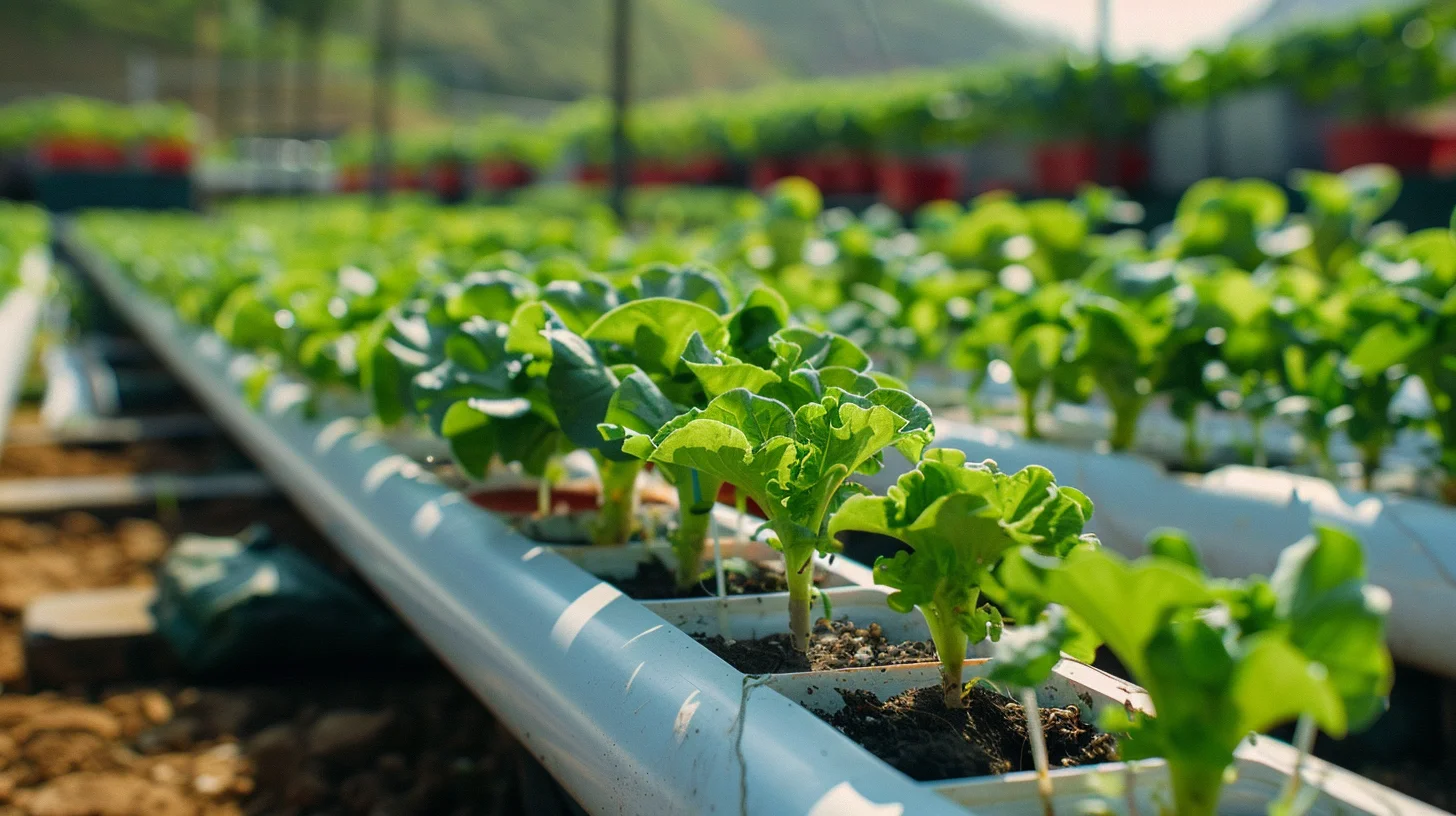Table of Contents
Hydroponics is a method of growing plants using nutrient-rich solutions rather than soil. While soil can be used as a medium for hydroponics, it’s not the most ideal choice, and other options may be more beneficial. In this article, we’ll explore the pros and cons of using soil as a medium for hydroponics and discuss alternative options.
What is Hydroponics?
Hydroponics is a method of growing plants using nutrient-rich solutions rather than soil. The plants are grown in an inert medium, such as rockwool or coco coir, and are supplied with a nutrient-rich solution that provides all the necessary nutrients for growth. Hydroponics allows for more control over the growing conditions and can result in faster growth rates and higher yields.
What is a Growing Medium in Hydroponics?
A growing medium is the substance that supports the plant’s roots and allows for the uptake of nutrients. In hydroponics, the growing medium is typically an inert substance that does not provide any nutrients to the plant. Instead, the nutrients are supplied through the nutrient-rich solution. Some common growing mediums used in hydroponics include:
- Rockwool
- Coco coir
- Perlite
- Vermiculite
Can You Use Soil as a Medium for Hydroponics?
While soil can be used as a medium for hydroponics, it’s not the most ideal choice. Soil can be too dense and may not provide enough oxygen to the roots. Additionally, soil can harbor diseases and pests that can harm the plants. However, some growers have successfully used soil as a medium for hydroponics by sterilizing the soil and adding additional oxygen.
Pros and Cons of Using Soil as a Medium for Hydroponics
Pros:
- Soil is a natural medium that can provide some nutrients to the plants
- Soil can be less expensive than other growing mediums
- Soil can be used in a variety of hydroponic systems
Cons:
- Soil can be too dense and may not provide enough oxygen to the roots
- Soil can harbor diseases and pests that can harm the plants
- Soil may require additional sterilization and oxygenation
Alternative Options to Soil for Hydroponics
There are several alternative options to soil for hydroponics, including:
- Rockwool: A popular choice for hydroponics, rockwool is an inert medium that provides good aeration and water retention.
- Coco coir: A sustainable and eco-friendly option, coco coir is a byproduct of coconut husks and provides good aeration and water retention.
- Perlite: A lightweight and porous medium, perlite is often used in combination with other growing mediums.
- Vermiculite: A mineral-based medium, vermiculite is often used in combination with other growing mediums.
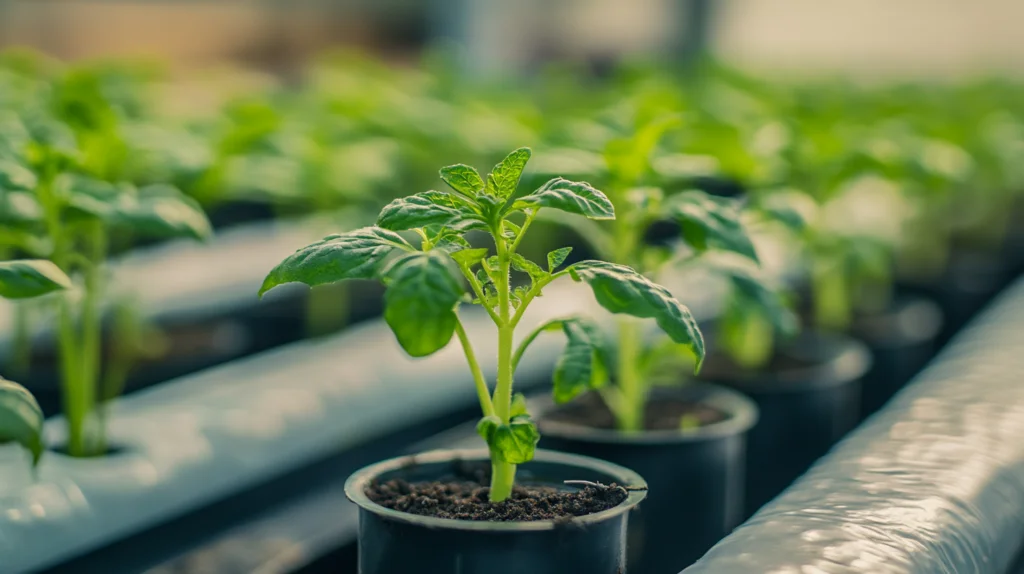
Types of Hydroponic Systems
There are several types of hydroponic systems, including:
- Nutrient Film Technique (NFT): A continuous flow system where the nutrient solution is pumped through channels and the plants are suspended in the air.
- Deep Water Culture (DWC): A system where the plants are suspended in a nutrient-rich solution and the roots are aerated with an air stone or diffuser.
- Ebb and Flow (Flood and Drain): A system where the plants are grown in a tray and the nutrient solution is pumped in and out of the tray at regular intervals.
- Drip System: A system where the nutrient solution is delivered directly to the roots of the plants through a network of tubes.
Conclusion
While soil can be used as a medium for hydroponics, it’s not the most ideal choice. Other options, such as rockwool, coco coir, and perlite, may be more beneficial. Hydroponics allows for more control over the growing conditions and can result in faster growth rates and higher yields. By understanding the pros and cons of using soil as a medium for hydroponics and exploring alternative options, growers can make informed decisions about their hydroponic systems.
